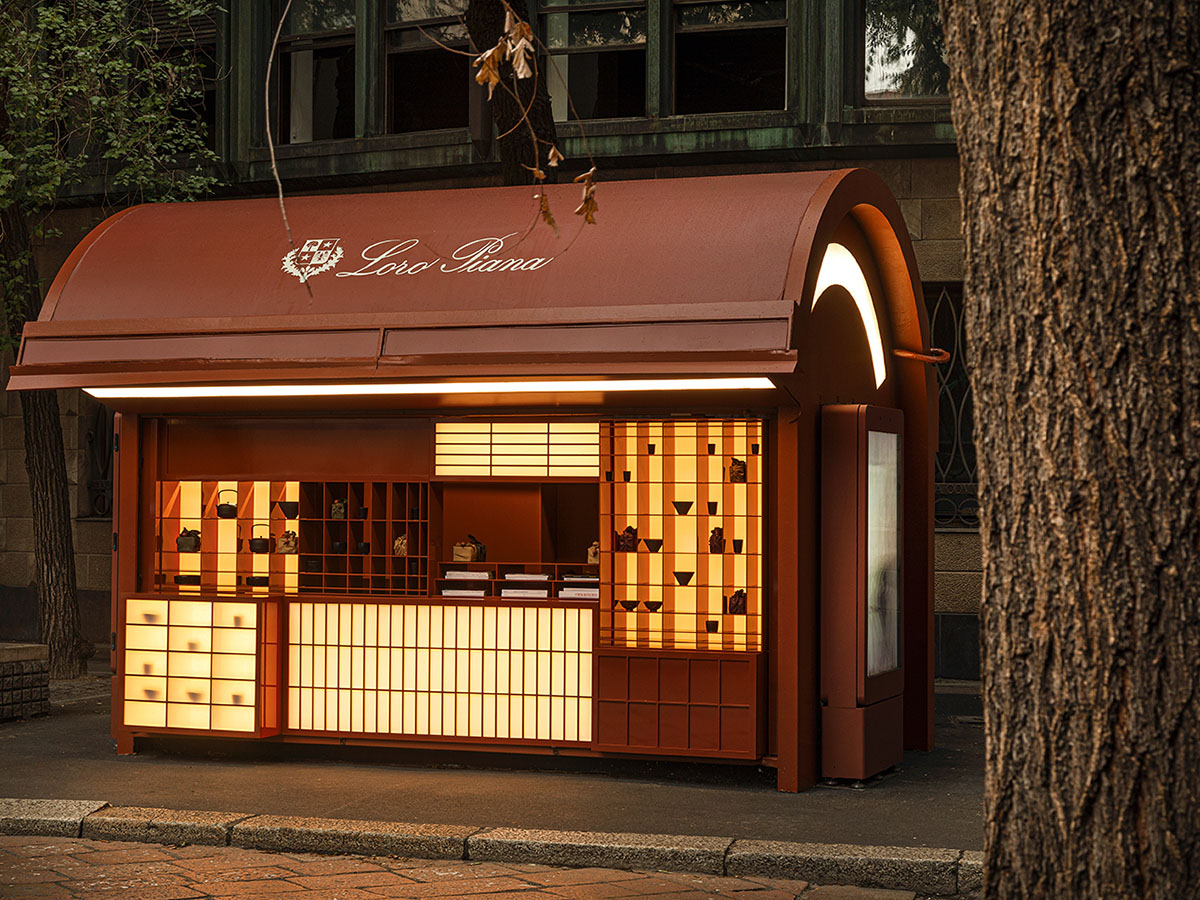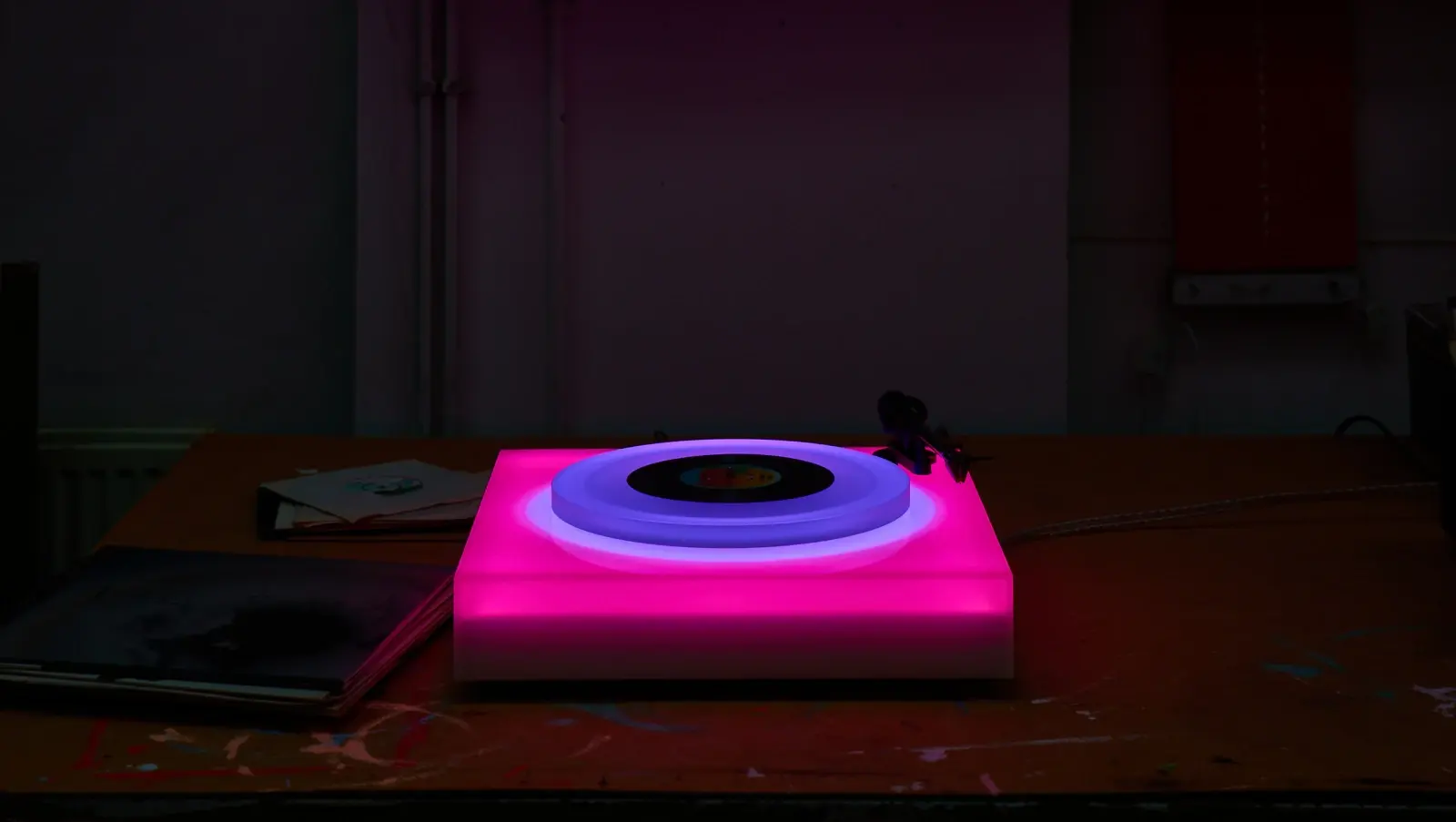In early May 2024, Italian luxury brand Loro Piana hosted an intimate soiree with actress and wellness brand goop’s founder Gwyneth Paltrow, at her breezy Montecito home. The event was rife with some of the classiest aspects an event may have — Paltrow, who is one of those smart, intellectual celebrities you won’t find just about anywhere and everywhere; Montecito, the uber-luxury town settled on a hill in the celebrity playground that is Santa Barbara; and Loro Piana, a beautiful, luxury Italian brand that is hush, hyper-luxury.
The soiree celebrated the Summer Resort 2024 collection by Loro Piana, which was created with natural fibres such as linens, silks, and cottons. The easy silhouettes, such as wide-legged trousers, wrap skirts, kimono-sleeved shirts, jumpsuits, and bermudas, had refined details embroidered with aloe-fibre-and-cashmere thread. Oprah Winfrey was greeted by Paltrow’s children, Apple and Moses Martin. The dinner tablescape showcased elegant blue-and-white porcelain dinnerware by Loro Piana. Their wicker baskets, pillows and cashmere blankets added a softness to Paltrow’s tranquil garden setting. At the dinner, Paltrow toasted the art of living well, a philosophy reflected by both goop and Loro Piana. According to reports, guests dined on Italian-inspired fare, including spring vegetables and burrata, carciofi alla giudia, striped bass, and wagyu steak bavette, and desserts including fragrant basil semifreddo and torta al cioccolato. If this doesn’t scream exquisiteness, what does?
The Loro Piana family, and their beginnings as merchants of wool at the beginning of the 19th century
This is, essentially, the Loro Piana style. They say a lot by not saying much. They let their products do the talking. They are, in fact, one of the few luxury brands who continue to do that. But lately, that has been changing.
Originally from Trivero, the Loro Piana family started as merchants of wool at the beginning of the 19th century. In the second half of this century, they founded a couple of wool spinning mills. Eventually, in 1924, Pietro Loro Piana, an engineer, founded the company Loro Piana & C. in Quarona. After taking the lead of the company in the 1960s, Franco Loro Piana, Pietro’s nephew, started to export high quality fabrics to Europe, America and Japan.
The birth of the modern Loro Piana began in the 1970s, when the company was directed by Franco’s sons, Sergio and Pier Luigi, who directed focus towards fabrics development, including cashmere and extra fine wools. The brothers’ research gave birth to the Tasmanian fabric, a comfortable, all-year-round versatile fabric that weighs only 250 grams per metre, with an average diameter not exceeding 16 microns. In the 1980s, the brothers started to diversify the business, therefore launching their first ready to wear collection and creating the luxury goods division. The interior division was launched in 2006.
It is said that Bernard Arnault of luxury conglomerate LVMH was so in love with the brand, that in 2013, LVMH Group acquired an 80% stake in Loro Piana, becoming the major shareholder. According to the Wall Street Journal, it was Sergio who brought up the deal to Arnault, which was settled in merely two weeks! Sergio added only one caveat: never bring a star designer into Loro Piana. Unfortunately, Sergio passed away in 2013, just two weeks after the deal with LVMH was finalised, before he could see the results of his decision. In 2017, LVMH acquired another 5% stake in the company.
The Loro Piana brothers’ Tasmanian fabric, however, was just the beginning. The brand has continued to push the envelope with more star fabrics coming under their label. The brand now dabbles in vicuña fibre, coming from the vicuña animal in Andes, Peru, and measuring only 12.5 microns in diameter; baby cashmere, sourced from Capra Hircus goat kids in Mongolia, measuring only 13.5 microns in diameter; cashmere, coming from the Capra Hircus goats in Mongolia; and The Gift of Kings, an incredibly fine wool, coming from the merino sheeps in Australia and New Zealand. Their methods of sourcing, processing, and producing are transparent, vertically aligned, and painstakingly quality-oriented. By all accounts, its customers — current and aspirational — love it.
This historically discreet brand, however, is not so quiet anymore. Their designs are still minimalist, focusing on quality rather than gimmicks — but lately, the brand is being “seen” more. And perhaps, it all started with the TV show Succession.
The HBO series’ protagonist, Kendall Roy, was spotted wearing a logo-less baseball cap by the brand. Damien Bertrand, the CEO of Loro Piana, was quick to mention to Business of Fashion (BoF) that it was not a product placement. Thanks to the buzz generated by TikTok influencers, everyone began to talk about this brand, and how it perfectly personifies the “humble”, chic tastes of the rich and famous. If you have always wondered how the rich got their classy, sublime, beige (apologies — Grain Beige) taste, it’s probably Loro Piana. And now everyone wants a piece of it. The Loro Piana website, in fact, now retails baseball caps with a tone-on-tone embroidered logo in the front for $450.
The Loro Piana store in Silicon Valley
Very soon, California’s tech capital started to buzz with Loro Piana. In mid-March 2023, Loro Piana opened a store in the Silicon Valley, with a collection equipped with NFTs. Summer Walk, a cool loafer with a neutral sole, another popular Loro Piana product, has been making the rounds on Reddit, TikTok and Instagram, with many giving styling tips. These loafers, made in various materials — from Elk leather to suede — can range from $980 to a jaw-dropping price of $7,325 (for those made in Caiman leather).
Leather, in fact, is a newer entrant in the Loro Piana universe. Bertrand told BoF that a key part of the new Loro Piana strategy has been the launch of leather goods. Adding to their cashmere goodness are leather handbags Ghiera and Bale.
(L-R) Loro Piana’s recent pop-up store in the middle of the ski resort Zermatt; An homage to the maison’s fibres with soft pillows and printed textures
Bertrand also told BoF about their recent pop-up store in the middle of the elite ski resort Zermatt this past winter. “It’s not so quiet, but people love it. They have hot wine and browse our collections. We’ve had a lot of new clients who have discovered us,” he says. “We were the first luxury brand in Zermatt, now all the brands want to be there,” Bertrand says.
Luxury consumers do value the quality that Loro Piana provides. But online, a few mixed views come forth. A scroll through Reddit will reveal several opinions — ranging from appreciation for the Voyager coat, stating “it’s very difficult to find a baby cashmere that withstands rain the way that Loro Piana’s does” to comparison between Loro Piana’s $2000 sweater and those of Asket and Nadaam: “The quality does go up with price but just marginally once you get past $200.”
Meghna Bajaj Bhimrajka, a fashion enthusiast who discovered the brand last year, was drawn by its subtle, luxurious appeal. After buying a couple of products from Loro Piana, she says, “Honestly, the quality is unmatched. As someone who regularly uses luxury products, I’m transitioning away from the more conspicuous monogrammed brands like Louis Vuitton or Gucci, and leaning towards the subtler elegance of brands like Loro Piana or Loewe.”
A Google Trends report shows that the search interest in Loro Piana has shot from a mere 10 (out of 100) in May 2019 to a breakout 100 now, with its upward incline starting in the later part of 2021. Loro Piana is certainly making some noise.
But, not all noise is good
Loro Piana has historically been known to support its community of Peruvian Andes where the vicuñas are bred and sheared for their soft, golden fabric. According to the brand website, they signed an agreement with the Peruvian government and the Andean communities in 1994, granting the exclusive rights to purchase, process and distribute the fibre obtained only from vicuñas sheared while alive according to CITES (Convention on International Trade in Endangered Species of Wild Fauna and Flora) regulations along the whole supply chain. Loro Piana’s agreement was renewed in 2008, with the creation of the first private nature reserve in Peru, named after Franco Loro Piana.
Thanks to Loro Piana’s efforts, the population of vicuñas has increased. The estimated population of vicuñas in Peru was 66,559 in 1994, reaching 103,161 in 1997, 118,678 in 2000 and 208,899 in 2012. However, the brand recently came under fire when Bloomberg reported the unfair price Loro Piana has been paying to the Andean community for the vicuña fibre.
Depending on the value of the dollar, the Lucanas community that harvests vicuña fibre receives a mere $280 for each kilogram of fibre collected. Not only was the amount agreed in 2012 approximately $400 per kg, but a study conducted by the National Council for Scientific and Technical Research, Argentina, concluded that Andean residents barely manage to retain 3% of the value generated throughout the chain. A 2018 CITES study, Trade in Vicuña: Implications for Conservation and Rural Livelihoods, puts it in perspective: a Loro Piana vicuña stole, retailing at nearly $6,000, uses vicuña fibre costing $123. The raw material price is just 2% of the garment price. The brand is said to control almost 45–50% of vicuña fibre supply according to this study, leaving not many options for the Andean community to sell the highly prized fibre elsewhere for a higher price. This report, and all that tumbled out of it, has not been met favourably by many on social media. Surely, not all noise is good.
Despite this, the future for Loro Piana certainly doesn’t look dim. It’s only going to go up as Bertrand cryptically admits to BoF to tapping into the infinite potential of Loro Piana in the coming years. Interior goods is another strong suit of Loro Piana, which they plan to enhance.
Dr Daniel A Langer, CEO of Equite, a luxury brand advisory, says, “Right now, luxury clients are reevaluating their relationships with brands and are focusing increasingly on brands that provide lasting value and consistent and differentiating brand storytelling. Loro Piana is such a brand and is profiting from the investments of LVMH in distribution (physical and e-commerce) and brand exposure. This is fueling the success of the brand.” He also points to booming markets like China, where the growing customer base is “eager for high-end luxury products.”
As the brand realises its power, and attempts to bring it front and centre, albeit in a highly controlled limelight, how Loro Piana’s true, traditional consumers react is yet to be seen. The balance sheet, however, looks good. According to Statista, in 2011, the brand had a turnover of €423.5 million, which increased to €719.66 million in 2019. And so, for them, the fun has just begun.
Words by Soumya Jain.









